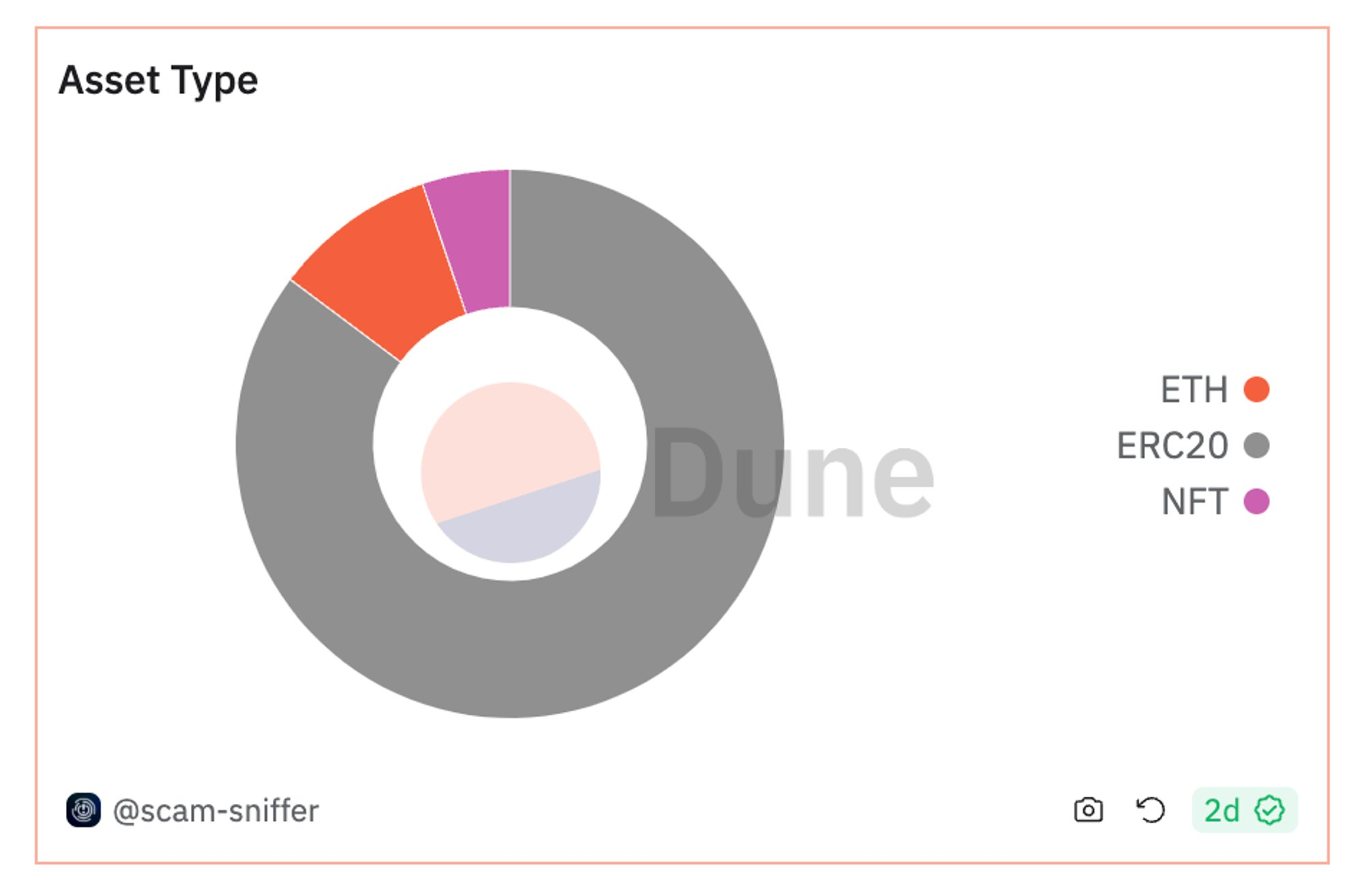February witnessed a staggering surge in personal crypto scams, with around 57,000 individuals falling prey to them, resulting in a collective loss of approximately $47 million, as reported by Scam Sniffer.
During the period under review, numerous individuals, predominantly Ethereum mainnet users, fell prey to multiple phishing attempts.
$47 Million in Crypto Stolen in February
According to Scam Sniffer’s findings, the victims, totaling 57,066, were ensnared in crypto phishing scams during the month. The attackers managed to siphon off $46.86 million from these crypto investors while masquerading as legitimate entities on various social media platforms, including X (formerly Twitter).
SponsoredNotably, the overall number of victims who lost more than $1 million decreased by 75% compared to January. However, a substantial phishing theft of $6.2 million occurred on February 15, marking the largest single-day loss.

Across chains, Ethereum mainnet users bore the brunt, accounting for 78% of the total exploits throughout the month. A breakdown of the attacks shows that Ethereum-based thefts amounted to $36.2 million from 25,029 victims.
Read more: 15 Most Common Crypto Scams To Look Out For
Arbitrum and BNB followed, incurring losses totaling approximately $3.5 million and $2.5 million, respectively. Furthermore, Ethereum-based ERC20 tokens comprised about $40 million of the stolen assets, representing 86% of the total.
It is worth noting that over $4.4 million worth of ETH and Non-Fungible Tokens (NFTs) valued at approximately $2.4 million were also stolen.

Despite the heightened security measures, phishing attacks show no signs of abating, with an alarming over 10,000 increase in the number of victims compared to the previous month, albeit with a slight decline in the amount stolen.
To execute these schemes, bad actors employed various tactics, including phishing signatures such as Permit, IncreaseAllowance, and Uniswap Permit2. Besides that, the attackers tend to impersonate verified crypto entities in social media comment sections, particularly X.
Read more: Crypto Social Media Scams: How to Stay Safe
Through this method, scammers lure unsuspecting crypto users to phishing websites, where their wallets are systematically drained.

